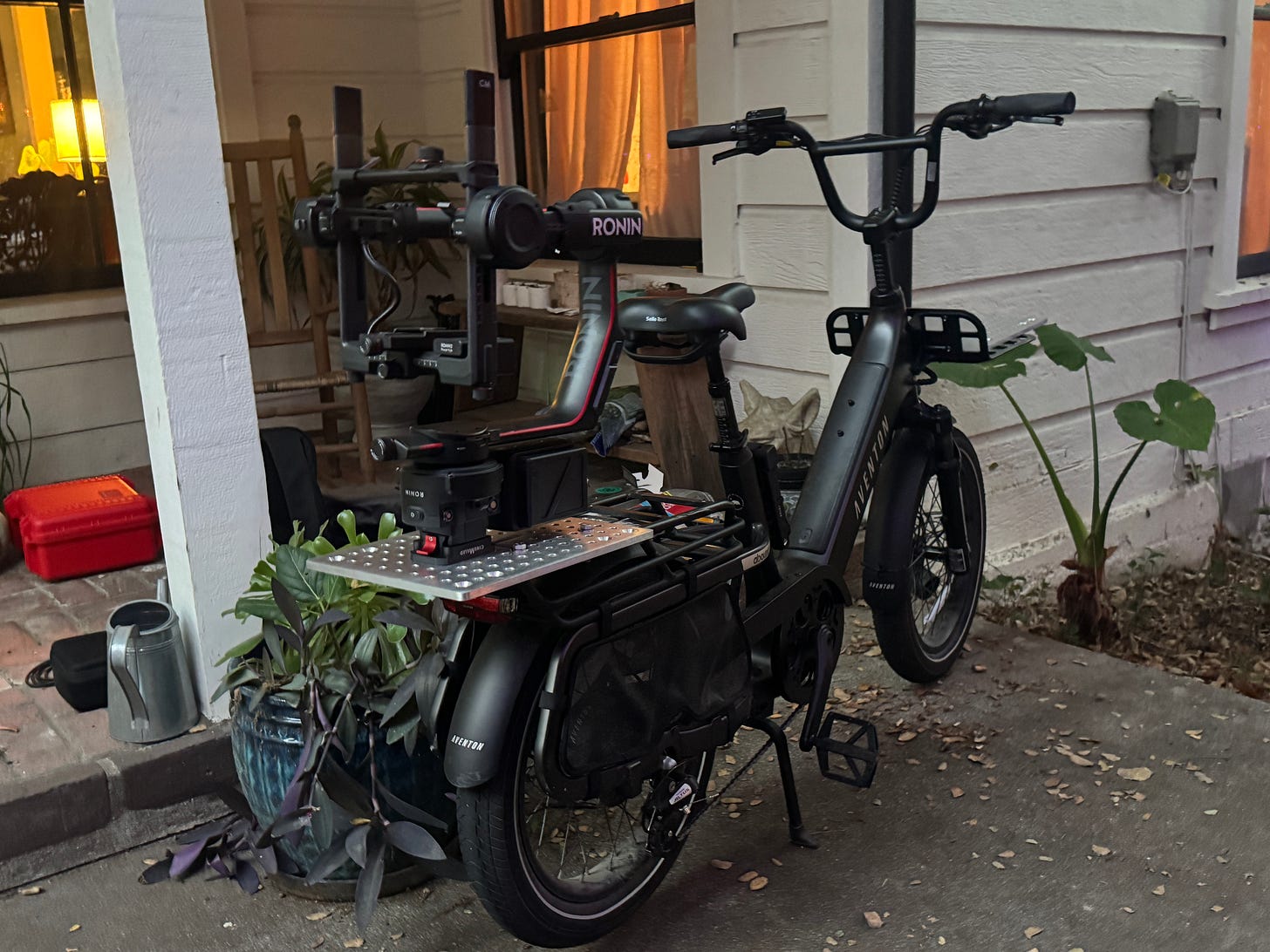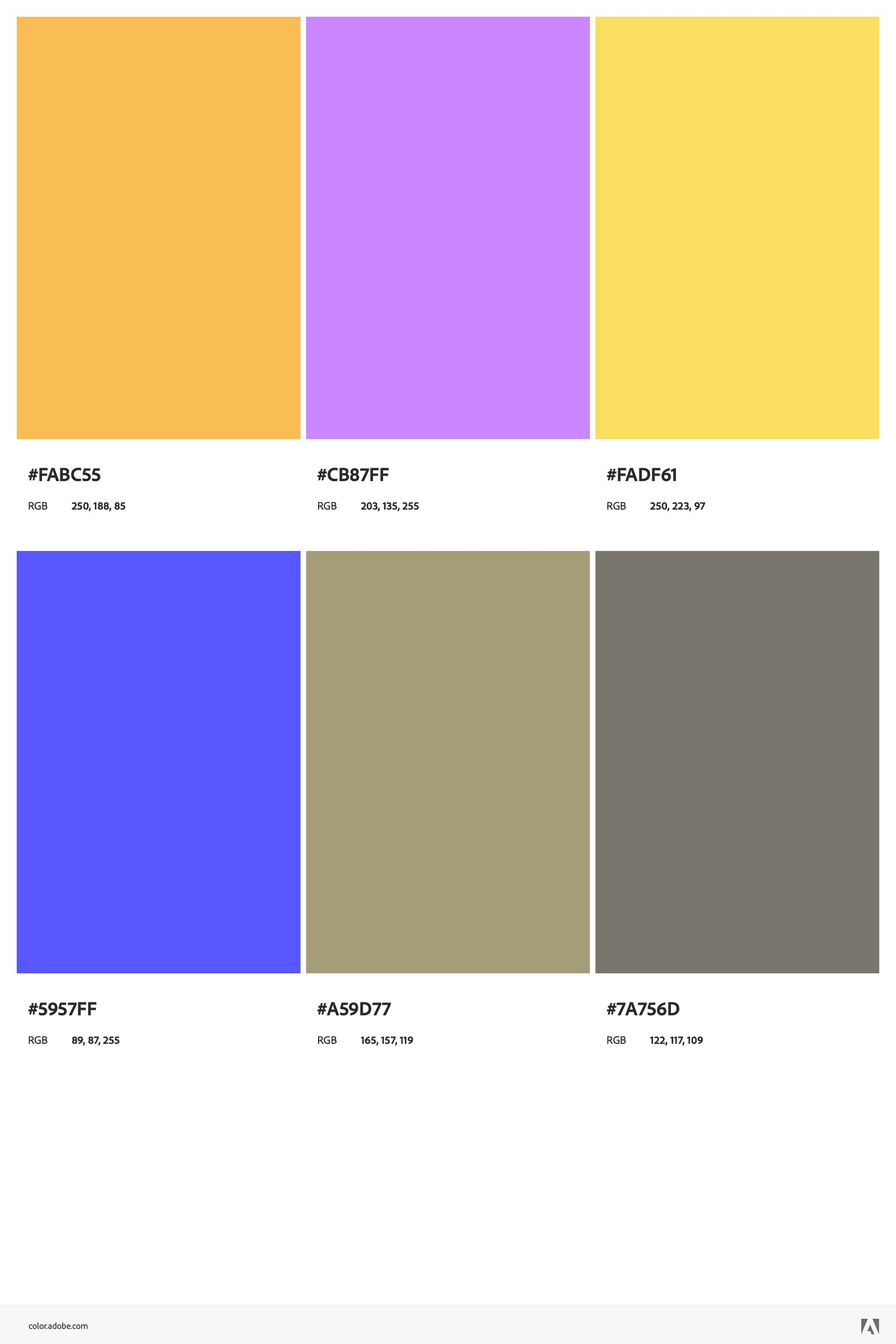
Two weeks out from our November trailer shoot, and something’s shifted in how I’m thinking about this entire production.
What felt like a setback has become our secret weapon.
Kevin (our DP) and I sat down this week to dive deep into the creative look and feel of Concrete River. But the real revelation wasn’t just about aesthetics. It was about what this extended timeline actually gives us that most indie films never get:
The luxury of time.
And Kevin showed up with something that’s going to completely transform how we capture Travis’s world.
THE REALITY CHECK
Kevin has finished building our custom bike rig – an e-bike outfitted with mounting plates on the front and back, a DJI Ronin steadicam system that can be positioned either way, complete with a monitor and control wheels so Kevin can operate the camera remotely while someone else pedals.
This isn’t just a technical achievement. It’s a creative statement.

Travis lives in a world of constant motion – on his bike, moving through bustling streets downtown LA looking for something to find and sell – a way to get ahead and survive in an unforgiving city. This rig will let us follow him intimately through that world without the sterile remove of a traditional dolly or the shakiness of pure handheld. We’ll get fluid, dynamic movement that puts the audience right alongside Travis as he navigates his reality.
This is how you make an indie film look cinematic without a massive budget.
Beyond the rig, our creative conversations revealed something even more valuable. We have ideas about how we want the film to look – the color palette, where yellow and orange are his chaotic world that oppose indigo blue and purple, the synesthesia effects, the documentary-style intimacy mixed with anamorphic beauty.
But now we get to test those ideas before committing to a full production schedule.

The Challenge:
The disappointment of not shooting the full film this fall took time for me to process. I had to sit with that frustration, let it breathe, and then look at what was actually in front of me.
Which, ironically, is similar to what happened on my first major short film while I was in college.
Here’s what I discovered: Most films go from pre-production straight into principal photography with maybe a few camera tests. You’re making creative decisions on the fly, hoping your vision translates, adjusting as you go but never really knowing until you’re in the edit.
We’re getting something different entirely.
The Creative Opportunity:
With this trailer shoot in early November and AFM (American Film Market) happening shortly after, we’re creating a unique feedback loop:
- We shoot key scenes with Xazmine and test our visual approach
- We see how the actors perform in our documentary-style coverage
- We experiment with the synesthesia effects and see what actually works on screen
- We record the first few songs for our soundtrack and get unique behind-the-scenes footage
- Chris takes the trailer and the song to AFM to get industry/buyer feedback
- We have preliminary discussions with potential investors and gauge audience reaction
- Then we have months to refine everything before principal photography
This isn’t just “making do” with a setback. This is getting a luxury that studio films pay millions for – extensive testing, real audience feedback, and time to iterate before you’re locked into your choices.
Specific Example:
The synesthesia visuals are a perfect case study. We know we want Travis’s experience of seeing music as prismatic, pulsating lights to be a signature element of the film. But there’s a fine line between “visually stunning” and “distracting gimmick.”
With this approach, we’ll apply those effects in November, see how they play, get feedback from AFM audiences and potential investors, then have months to refine the approach. We can dial up the intensity or pull back. We can experiment with different color palettes within the synesthesia sequences. We can make sure this element enhances the story rather than overwhelming it.
That’s not a consolation prize. That’s a massive creative advantage.
Lessons For Fellow Creators
- Perceived setbacks can be disguised opportunities. When your timeline shifts or plans change, resist the urge to just power through disappointment. Actually sit with it, process it and then look for what the new reality makes possible. Sometimes constraints and delays reveal better paths than your original plan. The old saying goes “People make plans and God laughs” – but I see that laughter as redirection, not cruelty.
- Technical innovation can happen on any budget. Kevin built a custom bike rig (something that he’s been dreaming of for 2 years) that will give us shots most indie films can’t afford. Look at your specific story needs and find creative solutions. What equipment can you build, borrow, or improvise? What technical challenges can become opportunities for innovation? Your limitations can become your signature style.
- Test everything you can before full production. If you can find ways to shoot tests, proof-of-concepts, or key scenes before principal photography, do it. The feedback loop is invaluable. You’ll discover what works, what doesn’t, and what you hadn’t even considered. This is especially crucial for visual effects, unique camera movements, or experimental storytelling techniques.
LOOKING AHEAD
These next two weeks are about finalizing every detail for the November shoot. We’re locking down the exact scenes with Xazmine, completing our shot lists for those sequences, and making sure the synesthesia visual effects are ready to test.
AFM happens right after our shoot, which creates perfect timing for Chris to show fresh footage to buyers and gauge interest. Those conversations will inform our investor discussions and help us understand what resonates with industry professionals versus what needs refinement.
Then comes the real gift – time to reflect and improve. We’ll review the footage, get feedback, see what our tests reveal, and use all of that to make principal photography even stronger when we shoot the full film early next year.
I might have to wait a little longer to shoot my debut feature. But what I thought was a setback, I now see as an even greater benefit to the final project.
Community Question: Have you experienced a production setback that ultimately made your project better? How did you reframe the challenge into an opportunity? Share your stories in the comments.
Production Stats:
- Days until November shoot: 14
- Budget status: $300K target, continuing investor conversations
- Team morale: Energized by creative breakthroughs and technical innovations
- Biggest win this week: Kevin’s completed bike rig and reframing our timeline as a creative advantage
- Timeline: November trailer shoot, AFM presentation, then principal photography early 2025
Following the journey of Concrete River.
Previous entries: CR Journal 1 | CR Journal 2 | CR Journal 3 | CR Journal 4 | CR Journal 5 | CR Journal 6 | CR Journal 7 | CR Journal 8
